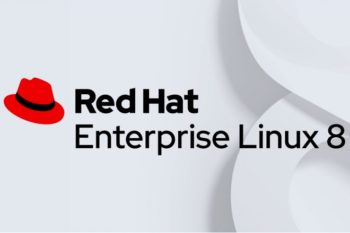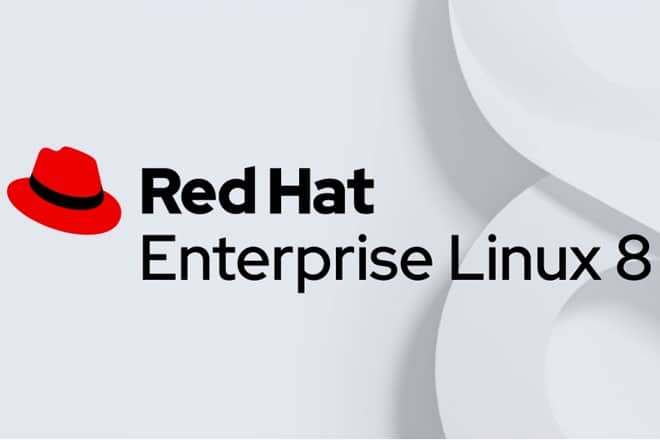- The introduction further extends Linux as foundation for digital transformation
- The new version is expected to bring updated container tools, new security profiles and enhanced performance capabilities
- Latest Linux 8.3 will be available in few weeks to Red Hat Enterprise Linux subscriptions via the Red Hat Customer Portal
 Red Hat Inc. has announced Red Hat Enterprise Linux 8.3, the latest version of the world’s leading enterprise Linux platform. Generally available in the coming weeks, Red Hat Enterprise Linux 8.3 fuses the stability required by IT operations teams with cloud-native innovation, providing a more stable platform for next-generation enterprise applications. Already an established backbone for mission-critical computing, the latest enhancements to the platform bring new performance profiles and automation, reinforced security capabilities and updated container tools.
Red Hat Inc. has announced Red Hat Enterprise Linux 8.3, the latest version of the world’s leading enterprise Linux platform. Generally available in the coming weeks, Red Hat Enterprise Linux 8.3 fuses the stability required by IT operations teams with cloud-native innovation, providing a more stable platform for next-generation enterprise applications. Already an established backbone for mission-critical computing, the latest enhancements to the platform bring new performance profiles and automation, reinforced security capabilities and updated container tools.
Hybrid Cloud Architecture
According to Red Hat’s Enterprise Open Source Report, 63% of organizations surveyed have a hybrid cloud architecture today, while more than half of those who do not plan to implement one in the next two years. Linux is often a linchpin in hybrid cloud deployments, providing a common operating environment that spans from bare-metal servers to public cloud deployments. As the world’s leading enterprise Linux platform, Red Hat Enterprise Linux 8.3 is designed to deliver an enterprise-ready, standardized platform for this next wave of computing, helping enterprises transform digitally while retaining existing datacenter investments.
Optimized innovation
As hybrid cloud computing grows, the ability to manage and optimize the underlying Linux platforms at scale becomes critical. Additionally, IT organizations need to be able to lower the barrier of entry for Linux, enabling systems administrators or IT managers who may be unfamiliar with the operating system to still effectively oversee deployments.
To support these needs, Red Hat Enterprise Linux 8.3 further expands Red Hat System Roles which provide prescriptive and automated ways for operating system-specific configurations. Newly supported roles now include kernel settings, log settings, SAP HANA, SAP NetWeaver and management. System Roles help make common and complex Red Hat Enterprise Linux configurations more consistent, repeatable and accessible to a wider range of skill sets, even across very large IT estates.
“The secure footprint”
Delivering a more secure platform remains front-and-center in Red Hat Enterprise Linux 8.3, which adds new Secure Content Automation Protocol (SCAP) profiles for the Center for Internet Security (CIS) Benchmark and the Health Insurance Portability and Accountability Act (HIPAA). This helps IT organizations more efficiently and compliantly configure systems to meet a broader range of security best practices and industry/governmental standards.
System Roles for security-centric tasks have also been expanded to include identity management configuration, certificate management and Network-Bound Disk Encryption (NBDE). These system roles provide a way for administrators to more rapidly and efficiently extend the security of their systems while reducing the risk of human error when implementing these configurations.
Foundation for cloud-native innovation
Red Hat Enterprise Linux 8.3 builds on the initial innovations of Red Hat Enterprise Linux 8 with updates to Application Streams, where developer frameworks, databases, container tools and other resources are separated from the core foundational components of the operating system. Newly supported developer tools include Node.js 14, Ruby 2.7 and many others, with earlier versions still accessible to maintain production consistency.
Availability
Red Hat Enterprise Linux 8.3 will be available in the coming weeks and accessible to all active Red Hat Enterprise Linux subscriptions via the Red Hat Customer Portal.













































































